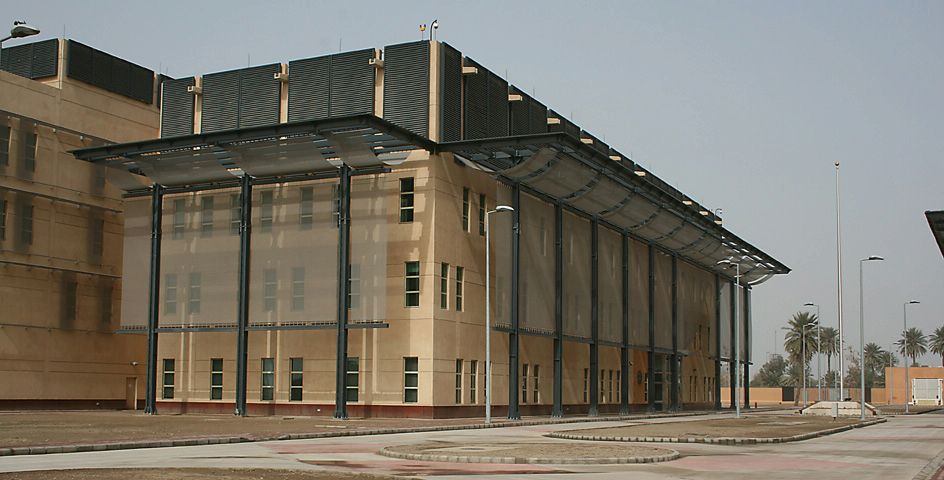Good design is once again under attack. This time, it is both the conservative mouthpiece The Washington Times and CBS News, which has a long history of bashing art-loving eggheads, who are going after a recent success story: the Design Excellence program at the U.S. Department of State.
I am a member of that federal agency program’s review panel, and have experienced first-hand both how incredibly complex it is to design buildings for the state, and how thorough the design process has become. I thought I understood security concerns, but the lengths to which we go to protect our personnel abroad are now beyond anything you can imagine. At the same time, we also demand that our facilities are comfortable for their users and are well representative of the United States.
The examples that The Washington Times cite as lacking in security and being too expensive—Baghdad and Benghazi—were both constructed before the program began. The critics claim that the current process is so lengthy that it puts those who are not yet in new structures at risk while they wait for new buildings. Yet I have seen no evidence that the process actually takes longer. The critics also claim massive cost overruns, which the State Department categorically denies.
The crux of the argument for CBS News and The Washington Times is that we are sacrificing security and cost to make the buildings “pretty.” That is such a dumb and reductive notion of good design I almost don’t know how to answer it. The Design Excellence program is about making the structures work. Part of that mandate is to represent our nation in a manner that does not make the people of those countries want to throw Molotov cocktails at us, and that both those seeking visas and those serving them have a pleasant place to work. But those concerns are so embedded in a process that seeks to make these places work in every sense of the word that to reduce them to a call for a certain kind of aesthetics is absurd.
The most obvious reason this has happened is that the new embassy building in London looks so striking. Having moved, like too many embassies, in my opinion, out of the center to a quasi-suburban site, it sits in splendid isolation—which keeps it both very safe and very visible. Its high-performance glass skin allows the users to make the most of the often-dreary weather, while still meeting strict environmental standards and all blast tests. Something that looks that good can’t work, can it?
Yes it can. And it will, once it opens on time and on budget.
Truth be told the State Department did not help itself when undersecretary for management Patrick Kennedy went into a CBS interview unprepared to answer questions about where that glass came from and how much it costs. (Seriously, doesn’t anyone there watch Scandal or CSPAN?) And the department still has to answer the results of an investigation headed by former official Grant Green Jr., which alleges cost and schedule overruns in detail. I hope that the coming testimony by the Design Excellence program’s brilliant director, Casey Jones, will help to clear the air.
But once again, this seems to be a case of, “If a building looks good, the public thinks there must be something wrong with it.” The profession needs to work on that wider perception. Beauty is not “in the eye of the beholder,” as CBS News so tiredly claims. Beauty is an integral part of what makes architecture and this country work.
Aaron Betsky is a regularly featured columnist whose stories appear on this website each week. His views and conclusions are not necessarily those of ARCHITECT magazine nor of the American Institute of Architects.
